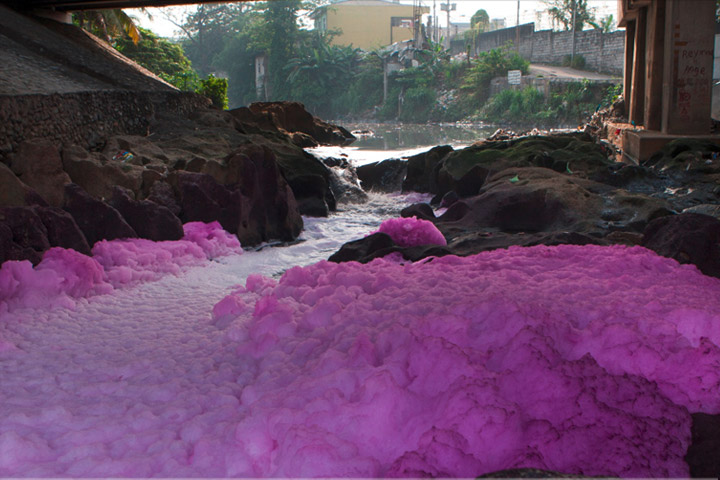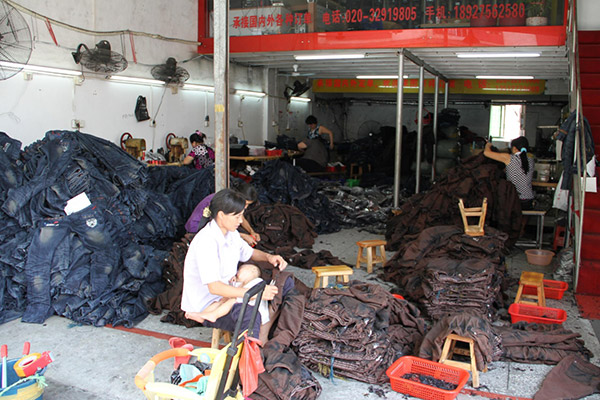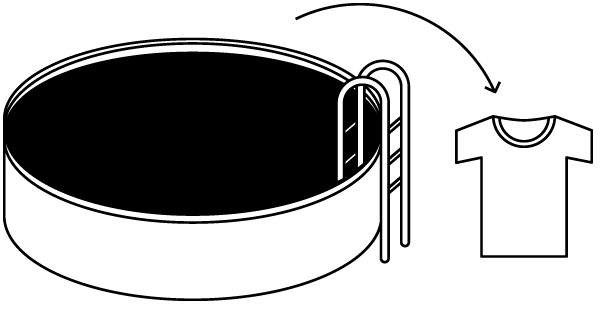
Fashion places a strain on the environment and on our health
It is paradoxical – the manufacturers of outdoor clothing and sportswear advertise with an image that is strong on nature and health, but their products are contaminated by toxins, i.e. they emit poisonous chemicals. In their tests on reputed outdoor brands, Greenpeace has discovered perflourinated and polyflourinated chemicals. These are substances that make clothing waterproof, as well as grease and dirt repellent. These substances are released into the food chain, the groundwater and the air, thus impacting negatively on both our health and the environment, according to Greenpeace. The manufacturers are having difficulties in finding non-hazardous alternatives to these substances. In order to increase the pressure, the German Federal Environment Agency is planning to have poisonous chemicals banned completely in the EU.
Poison in cotton, too
It is not only outdoor clothing that is contaminated by toxins. Cotton is not free of hazardous substances either. The problem starts with the pesticides that are sprayed onto the plants by workers in India, for example, without adequate precautions. According to international work organizations, up to five million people die every year from pesticide poisoning. After harvesting, the cotton is treated with more hazardous material – in this case chlorides as bleaching agents and softeners which pollute the environment at every stage of the washing process.
Dyeing textiles pollutes rivers and lakes. As part of its detox campaign, Greenpeace has repeatedly discovered hazardous substances in stretches of water. The situation is particularly alarming in China where 320 million people no longer have access to clean drinking water.
“Finishing” textiles represents another problem. In sandblasting, for instance, fine silica sand is sprayed onto the surface of the textile to give it the desired “worn” look. As we have already seen in the mining industry the fine dust becomes deeply embedded in the textile workers’ lungs, leading to silicosis, a serious illness in which patients slowly suffocate, as demonstrated by research, some of it conducted by the broadcasting company arte.

Allergies and multidrug-resistant bacteria
In addition to the effects on those directly concerned in the processing factories caused by treating textiles with dyes and finishing substances we should mention the impact on the consumer. Some dyes, for instance, contain aromatic amines which can trigger skin allergies when released from the relevant fabric by sweating. Clothing treated with biocidal substances, partly in order to kill off odor-producing bacteria, not only comes with a high risk of allergies but also carries the danger of multidrug-resistant bacteria against which even antibiotics are ineffective as Ralph Pirow of the German Federal Institute for Risk Assessment reports.
This much water goes into a cotton T-shirt
